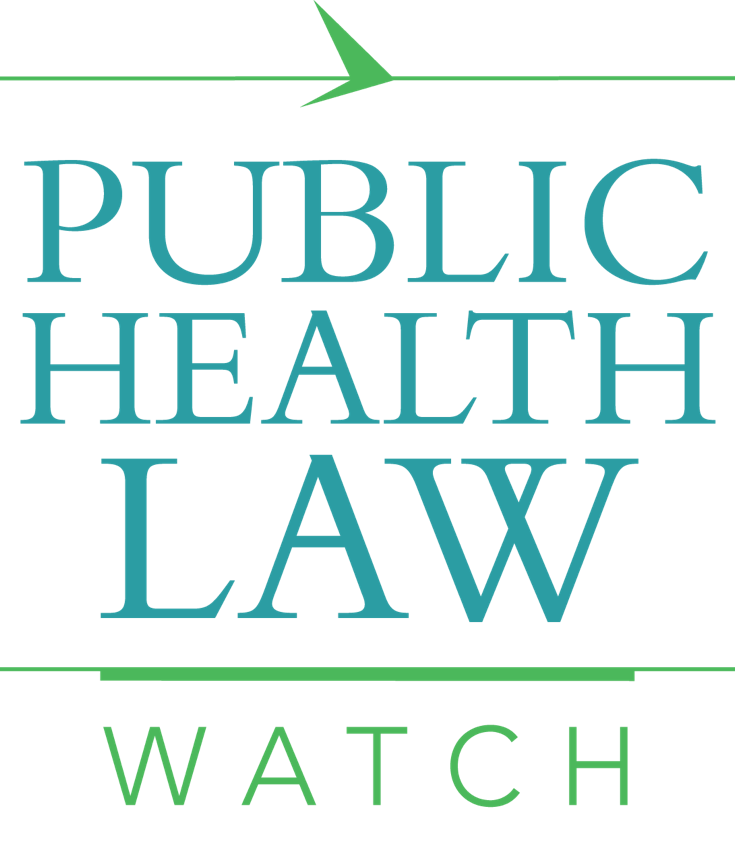By Nadia Halder
As the opioid epidemic continues to worsen in the United States, the stigma surrounding the crisis makes community outreach and treatment increasingly difficult. Words like “abuser” and “junkie” shift blame onto the patient rather than recognizing the numerous factors that play into an individual developing a substance use disorder (SUD).
Here in Boston, many community health organizations, like Boston Healthcare for the Homeless, work hard to treat vulnerable populations and aim to recognize the social determinants that contribute to the welfare of its patients. Despite the work of these groups, the issue of SUD is heavily stigmatized, as illustrated by the recent “Operation Clean Sweep” crackdown, making healthcare access much more difficult for those who need it the most.
But 5,000 miles away from Boston, the city of Santiago, Chile is taking a different approach to SUD. Chile has a universal healthcare system – if you’re working, you either pay 7% of your paycheck into a public option called FONASA, or you can pay a little more and choose a private plan (ISAPRES). If you’re poor, unemployed, or have a mental or physical disability, you’re covered by FONASA. Everyone is covered, regardless of their situation. Chile also takes a more public health approach to its healthcare, especially in the areas of mental health and substance abuse, by creating a smooth pipeline between primary, secondary, and tertiary services.
At the primary care level, Chile has built hundreds of outpatient community health centers, known as CESFAM centers, which focus on prevention and promotion in addition to treatment, with emphasis on family and community participation in healthcare. CESFAM patients seeking mental health treatment are directed to COSAM centers, community health centers dedicated to the areas of mental health and psychiatry. Here, patients can see any number of behavioral and mental health specialists, and all services are covered under the public option. COSAM centers function both as primary and secondary care facilities; patients can be referred through other primary care centers, or they can directly access services with no referral. Because of Chile’s investment in healthcare infrastructure, CESFAM and COSAM centers are present throughout the country and readily accessible to those seeking treatment.
The tertiary level of care is not officially built into the Chilean network, and is provided by halfway houses. Many patients who utilize CESFAM and COSAM services are without a support group during and after treatment, so these centers refer them to halfway houses where they can be immersed in a stable social environment while integrating themselves slowly into society.
One such halfway house, Corporación Manaña, is located on the outskirts of downtown Santiago. The location was strategically chosen so that residents can easily immerse themselves in the city but remain far enough away from any situations that may expose them to substance use. The organization works to help participants find meaningful employment, develop skills that will help with navigate new social environments, and establish new relationships and rebuild old ones. Most Corporación Manaña participants accomplish these goals and go on to live independent lives.
Chile’s primary and secondary services provide an essential foundation for this success. The country’s recognition of factors that contribute to SUD and its active work to treat the root causes of SUD has led to the high success rates of organizations such as Corporación Manaña, which has a 69% completion rate. Perhaps the US can learn from Chile’s pipeline-style approach between different levels of services for SUD treatment to create a more efficient and easily navigable system for patients.
___________________________________
Nadia is a fourth year student studying chemical engineering and global health at Northeastern University. She is interested in health policy and law, and she recently spent a month in South America studying various public health care systems. She is an intern at PHLW.
